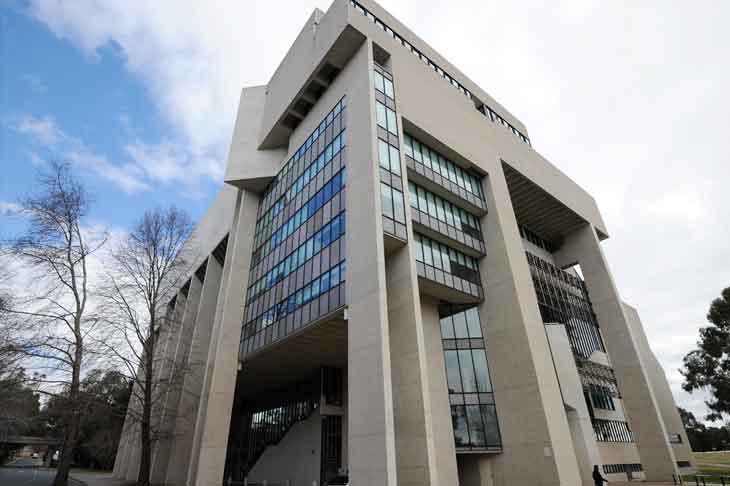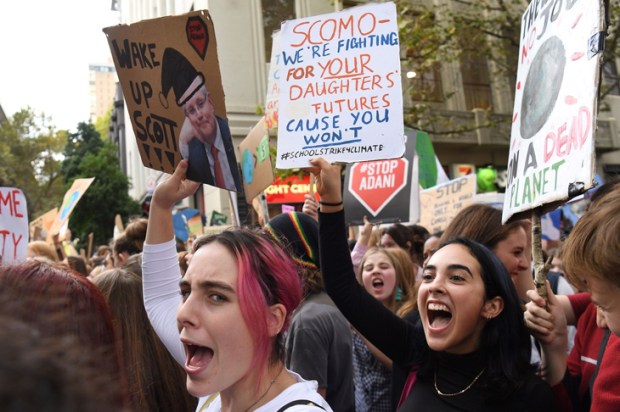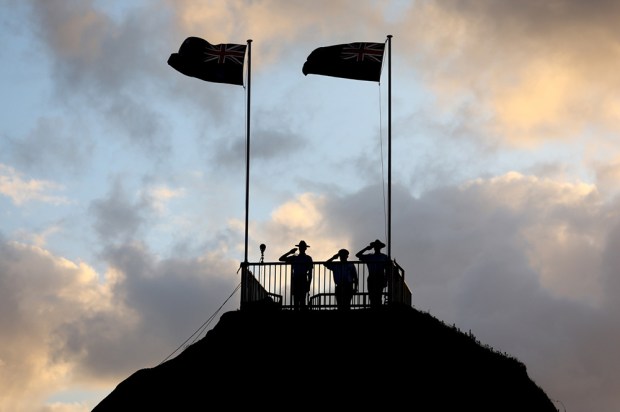Our top court is as weak as it’s ever been. You won’t hear that stated publicly by many barristers but that’s because barristers make their livings in front of the judges. Every monetary and professional incentive aligns to incline them to be sycophantic to the people who might one day be hearing one of their future cases. Think Uriah Heep, sometimes on steroids. The same sycophantic behaviour goes for top litigation partners/solicitors. That said, the same lawyers who cannot genuflect quickly enough before the altar of any judge who happens to be in the same room with them can be scathingly critical of the judges in private and off the record. Make the conversation in a bar over drinks and the criticisms of our top judges can be brutal.
Yet my point is that judges will virtually never hear any sort of public or face-to-face criticism from the lawyerly caste. Hence one danger is that our cocooned judiciary starts to believe its own publicity – all that praise they hear in public from the rest of the lawyerly caste. The temptation, then, to become a sort of ‘hero judge’ can become very hard to resist as you don Superman tights and cape to ‘do justice’ (or worse, ‘social justice’) from the bench. Of course law professors have a freedom to let rip at the judges. It’s just that most do not. Today’s legal academia has a profound distrust of democratic decision-making and that makes the preponderance of legal academics the natural allies of juristocracy and kritarchy (ie. rule by judges, variously disguised according to taste) and what one Canadian academic has dubbed ‘the Judges’ party’.
So I will say it again. Today’s High Court of Australia is a very weak bench. It may be the weakest High Court in this country’s history. And I’m willing to bet that near on all senior lawyers in this country would privately agree with me – leave aside the heads of bar councils and law societies with a vested interest in proclaiming otherwise.
Here’s an example. The current Chief Justice Susan Kiefel will very soon retire. So a fortnight or so ago they had the ceremonial sitting to mark the occasion. It was all polite compliments on steroids as the occasion demands. But let me be blunt. Kiefel may well have been the first female chief justice but she’s been ordinary, at best. She was part of the unanimous court that sold Peter Ridd down the river with some empty virtue-signalling about academic freedom before making sure his ability to speak out and keep his job lost to the university code of conduct and a bogus misdirection about confidentiality. Then there is Kiefel’s fascination with proportionality analysis. Go and read any of the implied freedom judgments she’s issued while remembering that Australia has no national bill of rights. This focus smacks of the worst sort of self-indulgence. Such proportionality analyses by the unelected judges increase uncertainty massively while concurrently increasing judicial power nearly as much. All the judicial mental gymnastics surrounding the task of deciding what is, and what is not, a reasonable, appropriate limit on rights, also known as proportionality analysis, is simply not a constrained activity. Worse, no one asked the top judges to do this. In the absence of a bill of rights the judges simply gave this job to themselves – the task of telling the elected branches what the judges think is, and is not, justifiable and reasonable as regards some statute’s limits on rights. Frankly, who cares what the judges think on that score. Yet Kiefel has revelled in that task. I agree with the British legal academic Thomas Poole who has argued that all such proportionality analyses are plastic; you can reach either conclusion, for whichever side you want, depending on the sentiments you bring to the table. You tell me the answer you want and I can write a wholly orthodox proportionality analysis giving you that answer. Because there are no mind-independent constraints on reaching the answer you happen to want when it comes to proportionality analyses.
Meanwhile, Kiefel as chief justice has pushed for more joint judgments in the name of reducing uncertainty. But call me sceptical about the overall benefits of top judges aiming to manufacture group judgments, which inevitably means trade-offs and in-house horse-trading. If that delivers a net benefit, it’s a very marginal one indeed.
And then there are the last twenty-odd years of appointments to the High Court. Make no mistake. The Libs have been worse than Labor on appointments (and not just with top judges, think ABC appointments, Human Rights Commission appointments, basically the Libs seem wholly incapable of appointing any real conservatives to anything, ever). Indeed, so torn were they by the desire to look friendly to women and identity politics concerns when it came to the High Court, yet stymied by the difficulty (you’re not supposed to say this out loud) of finding top female lawyers who are interpretively conservative, that the Coalition did a world first and appointed to our top court the wife of the retiring High Court judge she was replacing – yep, it’s so unbelievable that I still get overseas lawyers calling me to ask if this could really be true. And then a few years later, possibly to try to outdo themselves, the Libs appointed the daughter of a former High Court judge.
And how has that weird variant of nepotism worked out for them? Well, in the woeful Love case in 2020 Justice Gordon (the wife from above) wrote one of the most woke, identity politics-infused judgments ever seen. And it was on the majority side of that 4-3 decision (along with two other George Brandis appointees also in the majority, staggeringly). And in the very recent 4-3 case of Vanderstock Justice Gleeson (the daughter from above) sided with the uber-centralist Gageler and with (wait for it) Kiefel in delivering yet another nail into the coffin of any sort of working federalism arrangements in this country – to the extent that I would say we now have federalism really in name only in this country. The High Court over the last century has shown itself to be the most centralising top court in the federalist world, sometimes with laughable decisions such as WorkChoices and the Tasmanian Dam Case, thereby totally gutting the intended federalist arrangements and leaving us with all the costs and none of the benefits. Their one core job was to police the federal division of powers and they shunned that to instead deliver the feds virtually everything they ever wanted.
And don’t get me started on some of the retired judges’ and many of the lawyerly caste’s jejune legal analyses during the Voice debate. They were embarrassing. An undergraduate law student could see that what was on offer amounted to a special right, without even reading any Hohfeld. Only on criminal law cases has the High Court stood out as first-rate.
So all up a very weak top court at the moment. And given the state of our law schools don’t bet on things getting better any time soon. Still, at least you can hear such frank views about our judges in the pages of the Speccie, or late at night in any bar frequented by top lawyers.
Got something to add? Join the discussion and comment below.
Get 10 issues for just $10
Subscribe to The Spectator Australia today for the next 10 magazine issues, plus full online access, for just $10.
You might disagree with half of it, but you’ll enjoy reading all of it. Try your first month for free, then just $2 a week for the remainder of your first year.














Comments
Don't miss out
Join the conversation with other Spectator Australia readers. Subscribe to leave a comment.
SUBSCRIBEAlready a subscriber? Log in